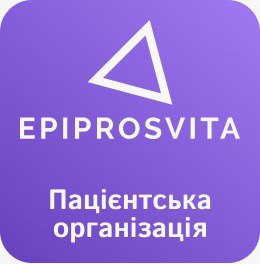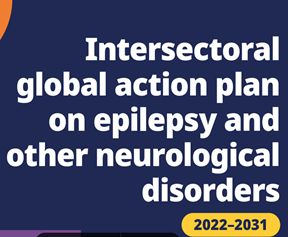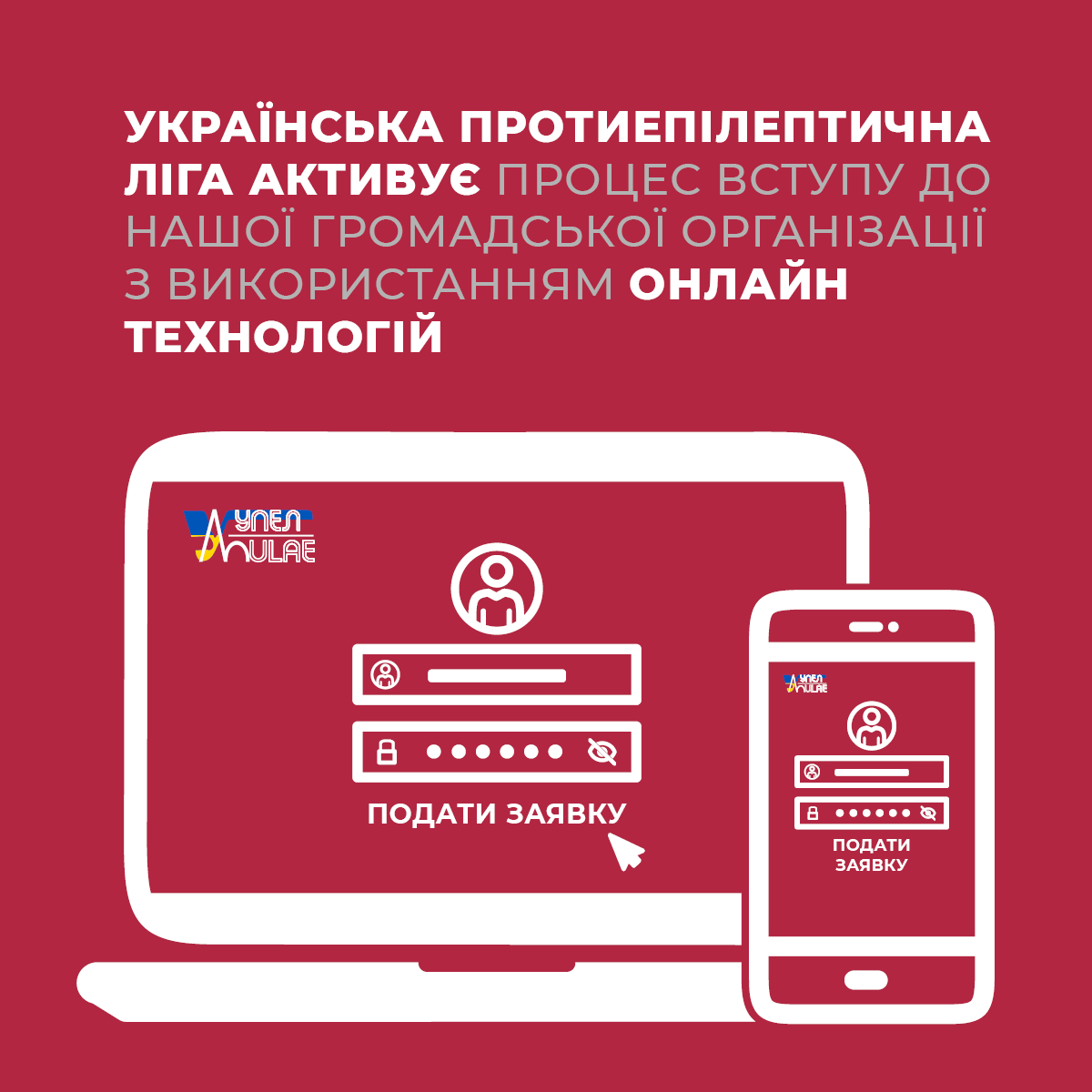Seizure 2020, Vol 75, Editor’s Choice: “Epilepsy and autoimmune diseases: comorbidity in a national patient cohort”
In its latest classification of the epilepsies, the International League Against Epilepsy (ILAE) stresses the importance of aetiology and aspires to go beyond a largely phenomenological electroclinical description of different seizure types and syndromic seizure combinations which characterized previous classification systems (1). However, in clinical reality the aetiology of most patients’ epilepsy remains undetermined at present, despite all the progress which has been made in genetics and our neurophysiological understanding of the epilepsies over the last few decades. One field in which progress has been particularly impressive is that of auto-antibody-associated epilepsies (2). Not least the relatively recent description of these epilepsies has highlighted the possibility that a large proportion of the as yet aetiologically unexplained epilepsies could be immune-mediated.
My Editor’s Choice article from the current volume of Seizure, an original research study by Anna Børsheim et al. uses routinely collected healthcare data from the public Norwegian Prescription Database to add to the evidence of possible links between epilepsy and autoimmunity (3). Such links have previously not only been suggested for conditions associated with neuronal autoantibodies but also for systemic autoimmune disorders (4).
In order to reach their conclusions, Børsheim et al. initially identified all individuals with epilepsy in their country by crossreferencing everyone who had received at least two antiepileptic drug prescriptions during the 10 data capture period with all those for whom a reimbursement code for epilepsy had been used. This process yielded almost 80,000 people with (probable) epilepsy (PWE) who were compared to a population of 4.7 million people likely not to have epilepsy. Børsheim et al. then identified individuals with a wide range of conditions thought of as immune mediated (including type 1 diabetes mellitus, multiple sclerosis (MS), myasthenia gravis and hypothyroidism) by searching for all those who had received medications for these disorders (for instance insulin and insulin analogues but no oral antihyperglycaemic drugs). They found evidence of an association between epilepsy and autoimmunity across many of the indicators examined: PWE were almost twice as likely to be treated with insulin or insulin analogs, one and a half time as likely to receive thyroid hormones or pyridostigmine. Medications for MS were used almost five times as often in those with epilepsy as in the general population.
These findings add further weight to previous studies demonstrating an association of epilepsy and autoimmune disorders (4) - on both sides of the blood brain barrier, involving intra- and extracellular immune targets, cellular and humoral autoimmune processes. However, they do not prove the direction of the association. While the authors provide a number of arguments why autoimmune disorder may make the development of epilepsy more likely, there are also a number of mechanisms (including immunogenic effects of seizures and side effects of antiepileptic drugs), which could mediate a bidirectional relationship between the epilepsies and the many interacting parts of the immune system. Last but not least, the chances of receiving treatment for epilepsy may be increased in those under medical care with autoimmune disorders and vice versa. Regardless of the direction of the relationship, this association autoimmune disorders could explain one part of the increased mortality as well as psychiatric morbidity associated with epilepsy.
References:
1) Scheffer IE, Berkovic S, Capovilla G, Connolly MB, French J, Guilhoto L, et al. ILAE classification of the epilepsies: Position paper of the ILAE Commission for Classification and Terminology. Epilepsia 2017;58:512-21.
2) Bakpa O D, Reuber M, Irani S R. Antibody-associated epilepsies: Clinical features, evidence for immunotherapies and future research questions. Seizure 2016;41,26-41.
3) Børsheim A, Engeland A, Gilhus NE. Epilepsy and autoimmune diseases: comorbidity in a national patient cohort. Seizure 2020; 75…. Please complete bibliographic details.
4) Devinsky O, Schein A, Najjar S. Epilepsy associated with systemic autoimmune_ disorders. Epilepsy Curr 2013;13:62–68.
Seizure 2020, том 75, Вибір редактора: «Епілепсія та аутоімунні захворювання: коморбідність в національній когорті пацієнтів»
У своїй останній класифікації епілепсій Міжнародна протиепілептична ліга (ILAE) підкреслює важливість етіології і прагне вийти за рамки в значній мірі феноменологічного електроклінічного опису різних типів нападів і синдромних комбінацій нападів, які характеризували попередні класифікаційні системи (1). Проте в клінічній реальності етіологія епілепсії більшості пацієнтів в даний час залишається невизначеною, незважаючи на весь прогрес, досягнутий в генетиці та нейрофізіологічному розумінні епілепсії за останні кілька десятиліть. Однією з областей, в якій прогрес був особливо вражаючим, є епілепсія, асоційована з аутоантитілами (2). Не в останню чергу відносно недавній опис цих епілепсій висвітив можливість того, що значна частина поки ще етіологічно незрозумілих епілепсій може бути імуноопосереджена.
Мій редакційний вибір з поточного номеру «Seizure» - це оригінальне дослідження Anna Børsheim та ін., які регулярно використовують зібрані медичні дані з загальнодоступної Норвезької бази даних призначеннь, щоб додати до доказів можливого зв'язку між епілепсією та аутоімунітетом (3). Такі зв'язки раніше були запропоновані не тільки для станів, пов'язаних з нейрональними аутоантитілами, але і для системних аутоімунних розладів (4).
Для досягнення своїх висновків, Børsheim і співавтори спочатку ідентифікували всіх людей з епілепсією в їх країні шляхом перехресного опитування всіх, хто отримав принаймні два рецепти протиепілептичних препаратів протягом 10- річного періоду збору даних, з усіма тими, для кого був використаний код компенсації за епілепсію. Цей процес дав майже 80 000 чоловік з (ймовірною) епілепсією (ЛЗЕ), які були зіставлені з населенням в 4,7 мільйона чоловік, ймовірно, які не страждають на епілепсію. Børsheim і співавт. потім ідентифікували людей з широким спектром станів, які вважалися імунно- опосередкованими (включаючи цукровий діабет 1-го типу, розсіяний склероз (РС), міастенію і гіпотиреоз) шляхом пошуку всіх тих, хто отримував ліки від цих розладів (наприклад, інсулін і аналоги інсуліну, але не пероральні антигіперглікемічні препарати). Вони знайшли докази зв'язку між епілепсією і аутоімунітетом за багатьма дослідженими показниками: ЛЗЕ майже в два рази частіше отримували лікування інсуліном або аналогами інсуліну, в півтора рази частіше отримували тиреоїдні гормони або піридостигмін. Препарати для лікування РС застосовувалися майже в п'ять разів частіше у хворих на епілепсію, ніж у загальній популяції.
Ці дані додають додаткову вагу попереднім дослідженням, що демонструють асоціацію епілепсії та аутоімунних розладів (4) - з обох боків гематоенцефалічного бар'єру, залучаючи інтра- та позаклітинні імунні мішені, клітинні та гуморальні аутоімунні процеси. Однак вони не доводять напрямки асоціації. Хоча автори наводять ряд аргументів, чому аутоімунний розлад може зробити розвиток епілепсії більш імовірним, існує також ряд механізмів (включаючи імуногенні ефекти нападів і побічні ефекти протиепілептичних препаратів), які можуть опосередковувати двонаправлений зв'язок між епілепсією і багатьма взаємодіючими частинами імунної системи. І останнє, але не менш важливе, шанси отримати лікування від епілепсії можуть бути збільшені у тих, хто перебуває під медичним наглядом з аутоімунними розладами, і навпаки. Незалежно від напрямку взаємозв'язку, ця асоціація аутоімунних розладів могла б частково пояснити підвищеної смертності, а також психіатричної захворюваності, пов'язаної з епілепсією.
References:
1) Scheffer IE, Berkovic S, Capovilla G, Connolly MB, French J, Guilhoto L, et al. ILAE classification of the epilepsies: Position paper of the ILAE Commission for Classification and Terminology. Epilepsia 2017;58:512-21.
2) Bakpa O D, Reuber M, Irani S R. Antibody-associated epilepsies: Clinical features, evidence for immunotherapies and future research questions. Seizure 2016;41,26-41.
3) Børsheim A, Engeland A, Gilhus NE. Epilepsy and autoimmune diseases: comorbidity in a national patient cohort. Seizure 2020; 75.
4) Devinsky O, Schein A, Najjar S. Epilepsy associated with systemic autoimmune_ disorders. Epilepsy Curr 2013;13:62–68.





